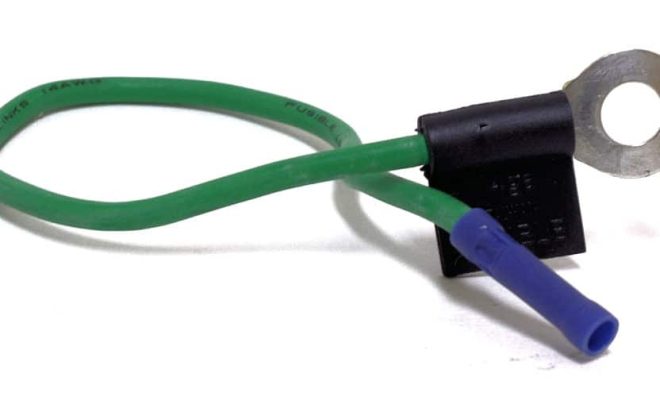Car Fuses and Fusible Links Explained

Car fuses and fusible links are crucial components that protect the electrical system of your vehicle from damage. They are designed to act as a safety feature in case of electrical faults, overload or short circuits, and they prevent electrical fires, which can be dangerous and costly.
Fuses are usually small, colored plugs or cylinders that can be found inside the fuse box of your car. Their primary function is to interrupt the flow of electricity whenever there is a sudden, high-powered surge or an overload on any of your car’s electrical components. This interruption prevents the flow of power from causing damage to your car’s electrical system. Some of the common electrical components fuses protect include the radio, headlights, tail lights, air conditioning system, and dashboard lights.
Fuses vary in sizes and ratings, and each vehicle typically has a unique set of fuses that are specific to its electrical system. That is why it is essential to always replace a blown fuse or upgrade it with the correct one. When a fuse blows, you will notice that the affected electrical component stops working. To fix it, you need to locate the blown fuse and replace it with a new one.
On the other hand, fusible links are heavy-duty wires that are designed to protect your car’s electrical system against high voltage surges. Unlike fuses, fusible links do not break when they are overloaded or short-circuited. Instead, they melt and cut off the current flow, allowing the component to cool down and prevent further damage.
Fusible links are usually located close to the battery, starter, alternator, or in the engine compartment. They also have color-coding that specifies their amperage rating, which is useful when replacing or diagnosing a blown fusible link.
It is important to know the differences between fuses and fusible links, and how they function in your car’s electrical system. It is also critical to keep your car’s electrical system in good condition, regularly inspecting your fuses and fusible links for wear and tear, and promptly replacing them when necessary.
In conclusion, car fuses and fusible links are essential components that protect your car’s electrical system from damage. Understanding how they work, and knowing how to diagnose and replace them correctly, can help keep your car running smoothly and prevent costly repairs. Regular maintenance of these components can save you a lot of time, money and headaches in the long run.






